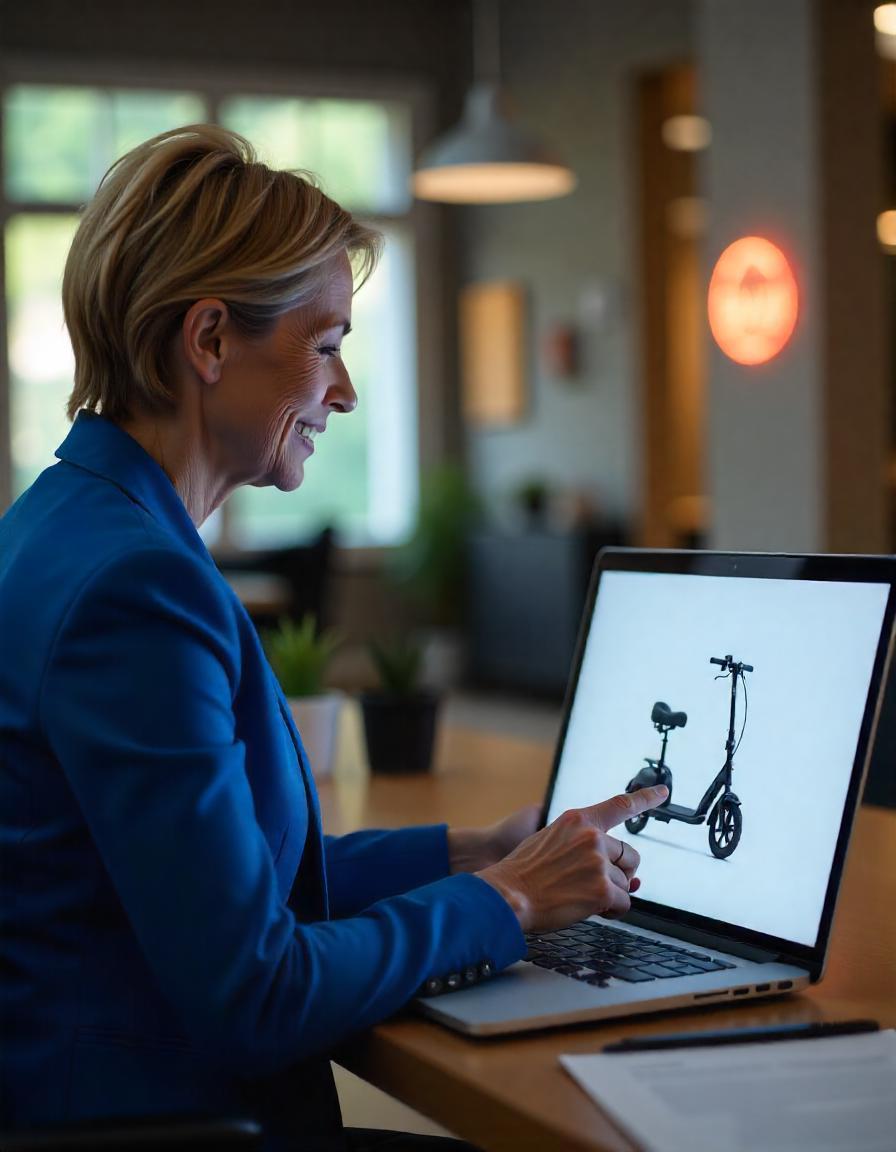A mobility scooter can make a world of difference, offering independence and ease for those with mobility challenges. However, with so many options available, finding the right one may feel overwhelming. Whether you’re shopping for yourself or a loved one, this guide will help you pick the perfect mobility scooter to match your needs.
Types of Mobility Scooters
Mobility scooters come in a variety of types, each designed to meet specific needs. Understanding these categories is the first step:
1. Travel Scooters
These lightweight models are built for portability. They’re easy to fold or disassemble, making them ideal for those who need a scooter for trips or occasional use. However, they generally have smaller batteries and less power, making them less suitable for uneven terrain or longer distances.
2. Mid-Size Scooters
These are versatile all-rounders. They tend to offer more stability, comfort, and battery life than travel scooters. Mid-size scooters work well for both indoor and outdoor use, although they are less portable and may require a ramp for car transport.
3. Heavy-Duty Scooters
Designed for higher weight capacities, these scooters handle rough terrain with ease. With larger tires, powerful motors, and extended battery ranges, they’re ideal for outdoor enthusiasts. Keep in mind that they’re larger and may not fit well indoors or in tight spaces.
4. Folding Scooters
These compact scooters fold down easily for storage or transportation. They’re great for city use and short trips but may lack advanced features like suspension and comfort on bumpy surfaces.
5. Three-Wheel vs. Four-Wheel Scooters
Three-wheel scooters offer superior maneuverability, especially in tight spaces, while four-wheel models provide greater stability and balance on uneven ground.
Key Factors to Consider
When choosing the best mobility scooter for your needs, take these factors into account:
1. Weight Capacity
Check the scooter’s maximum weight limit to ensure it will support you comfortably. For heavier users, heavy-duty models are designed to handle greater weight while maintaining performance.
2. Battery Life and Range
Think about how far you’ll need to travel on a single charge. Travel scooters typically have shorter battery life (around 10 miles), while heavy-duty models can go up to 25+ miles. If you plan on using the scooter all day or for long trips, prioritize battery longevity.
3. Terrain Suitability
- Indoor Use: If you need a scooter for indoor use, prioritizing compact size and precise steering is essential.
- Outdoor Use: Rougher terrains, such as gravel paths or grassy areas, call for large wheels, a robust suspension, and higher power output.
- Mixed Use: If you’ll be transitioning between smooth environments and rugged outdoor paths, look for versatility in your scooter choice.
4. Portability
If you need to transport your scooter frequently, its portability matters. Consider folding or travel scooters that are easy to lift and pack in your vehicle.
5. Comfort
Comfort features like padded seats, backrests, adjustable steering columns, and armrests can make a huge difference, especially on longer rides. If mobility issues involve chronic pain or joint issues, prioritize ergonomics.
6. Speed Options
Most scooters have adjustable speed settings. Check if the model offers flexibility for varying environments, from slow indoor navigation to higher speeds for outdoor areas.
7. Safety Features
Make sure the scooter has essential safety elements like anti-tip wheels, lights, and a reliable braking system. Reflectors and rearview mirrors are added bonuses for outdoor use.
Tips for Test-Driving a Scooter
Trying out a mobility scooter before committing to a purchase is the best way to ensure it meets your requirements. When test-driving, pay attention to these aspects:
- Steering: Is it easy to maneuver and control?
- Comfort Level: Does the seat provide adequate support? Can you easily adjust it to suit your height?
- Turning Radius: Does it handle tight corners effectively? This is crucial for indoor spaces.
- Speed and Stability: Test the scooter at various speeds, making sure it feels secure and stable on different surfaces.
Maintenance and Care
To keep your mobility scooter running smoothly, regular maintenance is key. Follow these tips:
- Charge Regularly: Avoid letting the battery completely drain. Consistent charging prolongs battery life.
- Keep It Clean: Remove dust and debris, especially from wheels and moving parts.
- Check Tires: Ensure tires are properly inflated (if pneumatic) or free from damage (if solid).
- Schedule Servicing: Have your scooter professionally checked annually or if you notice a decline in performance.
Final Thoughts
Choosing the perfect mobility scooter isn’t just about comfort; it’s about finding the right balance of features to suit your lifestyle. Whether you need something lightweight and portable or robust enough for rugged terrains, there’s a scooter out there for you. By considering factors such as size, battery life, terrain, and safety, you can ensure your new mobility scooter meets your needs and keeps you moving with ease.

Leave a Reply